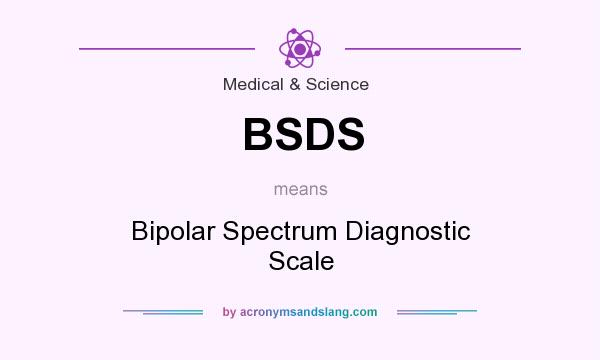
There were 112 (37.6%) subjects with BP depression and 182 (62.4%) with UP depression.

Of the 298 subjects recruited, 65 (21.8%) were males and 233 (78.2%) females. Data were analyzed using discriminant analysis and logistic regression.

Consecutively assessed patients with a diagnosis of depressive disorder or BP with depressive episodes completed the BPIIDQ-P at a psychiatric outpatient clinic in Hong Kong between October and December 2013.

A prototype BP-II depression questionnaire (BPIIDQ-P) was constructed following a literature review, panel discussions and a field trial. This study aimed to develop a simple, self-report screening instrument to help distinguish BP-II depression from UP depressive disorder. Tools for differentiating between these two types of depression are lacking. Bipolar II (BP-II) depression is often misdiagnosed as unipolar (UP) depression, resulting in suboptimal treatment.


 0 kommentar(er)
0 kommentar(er)
